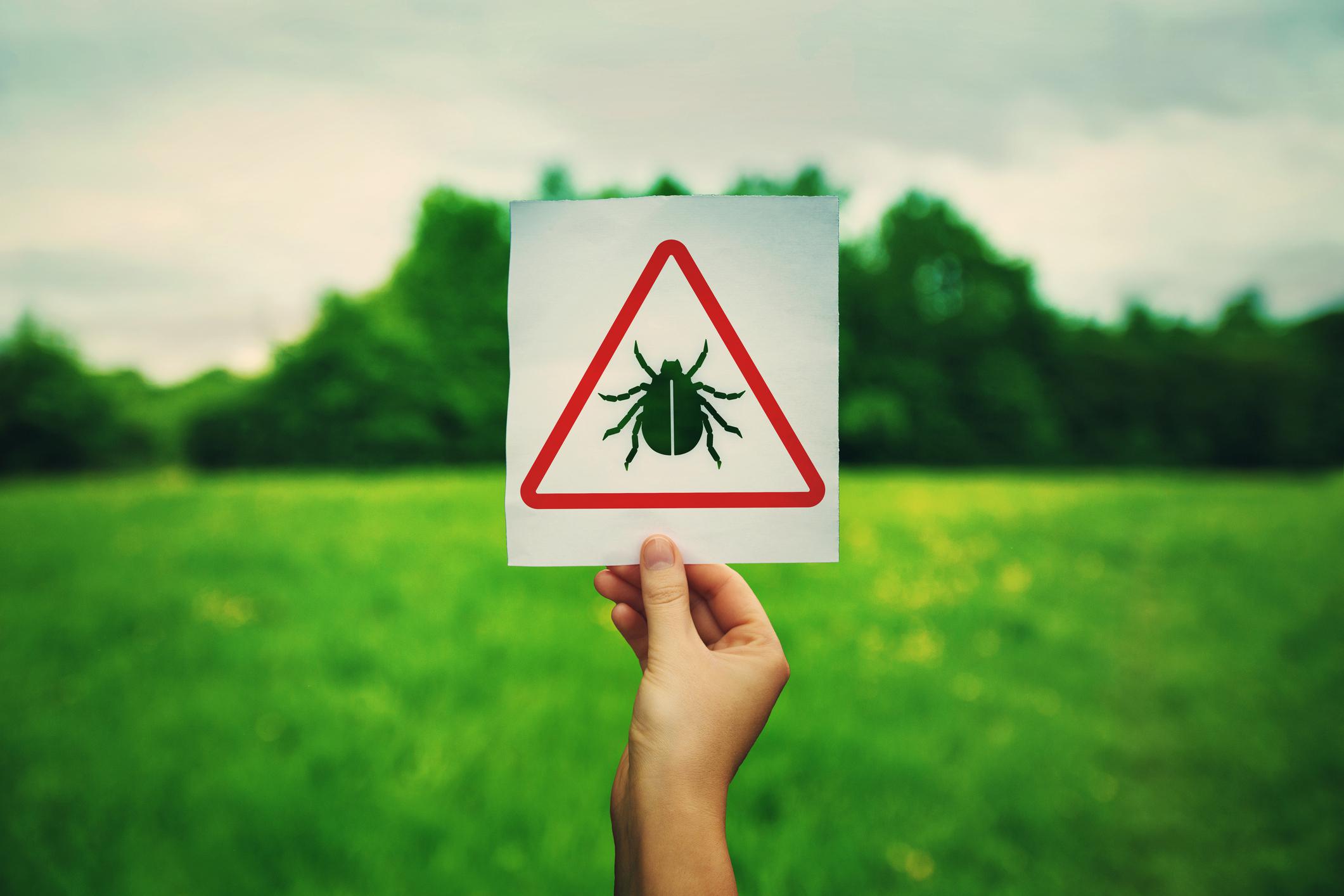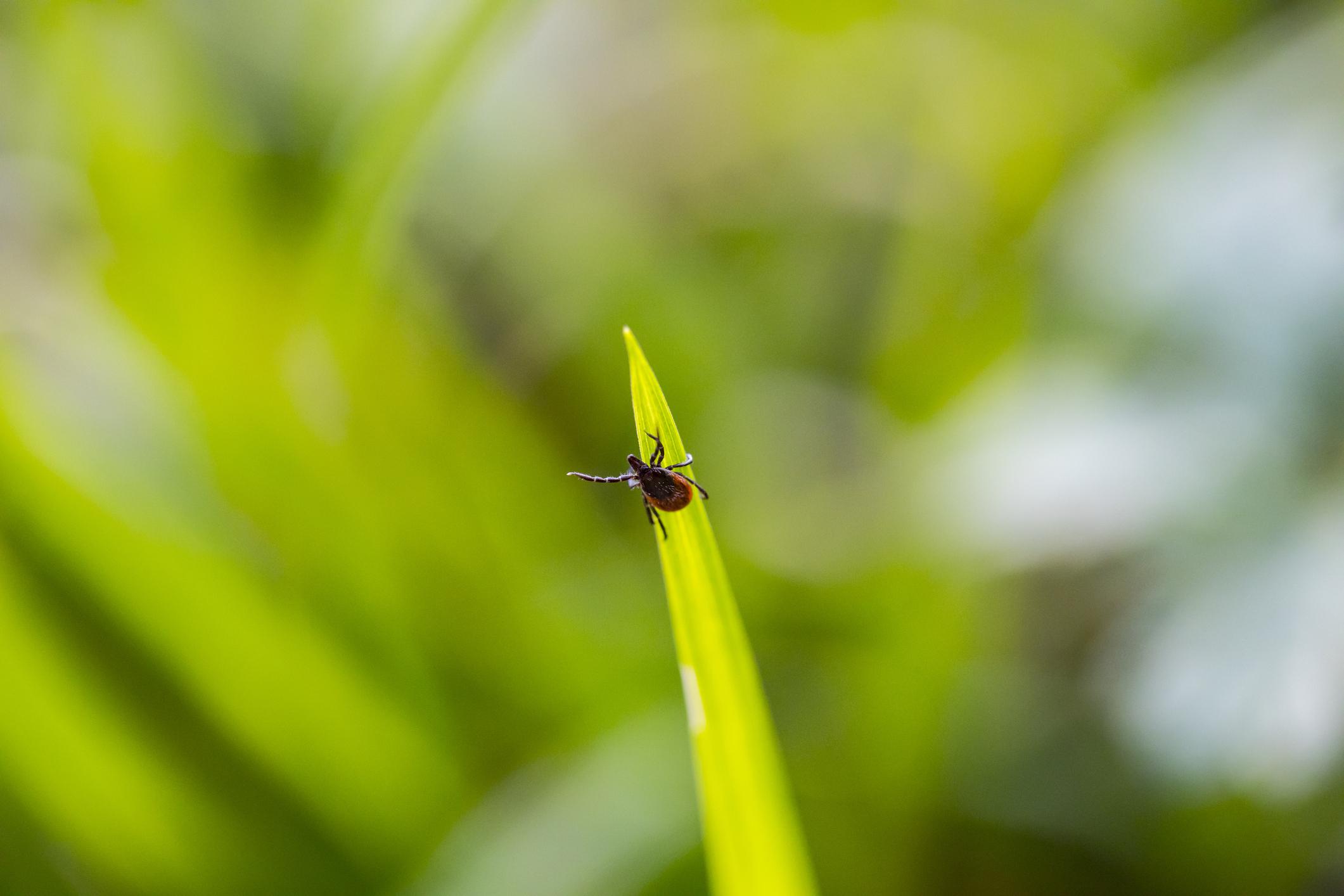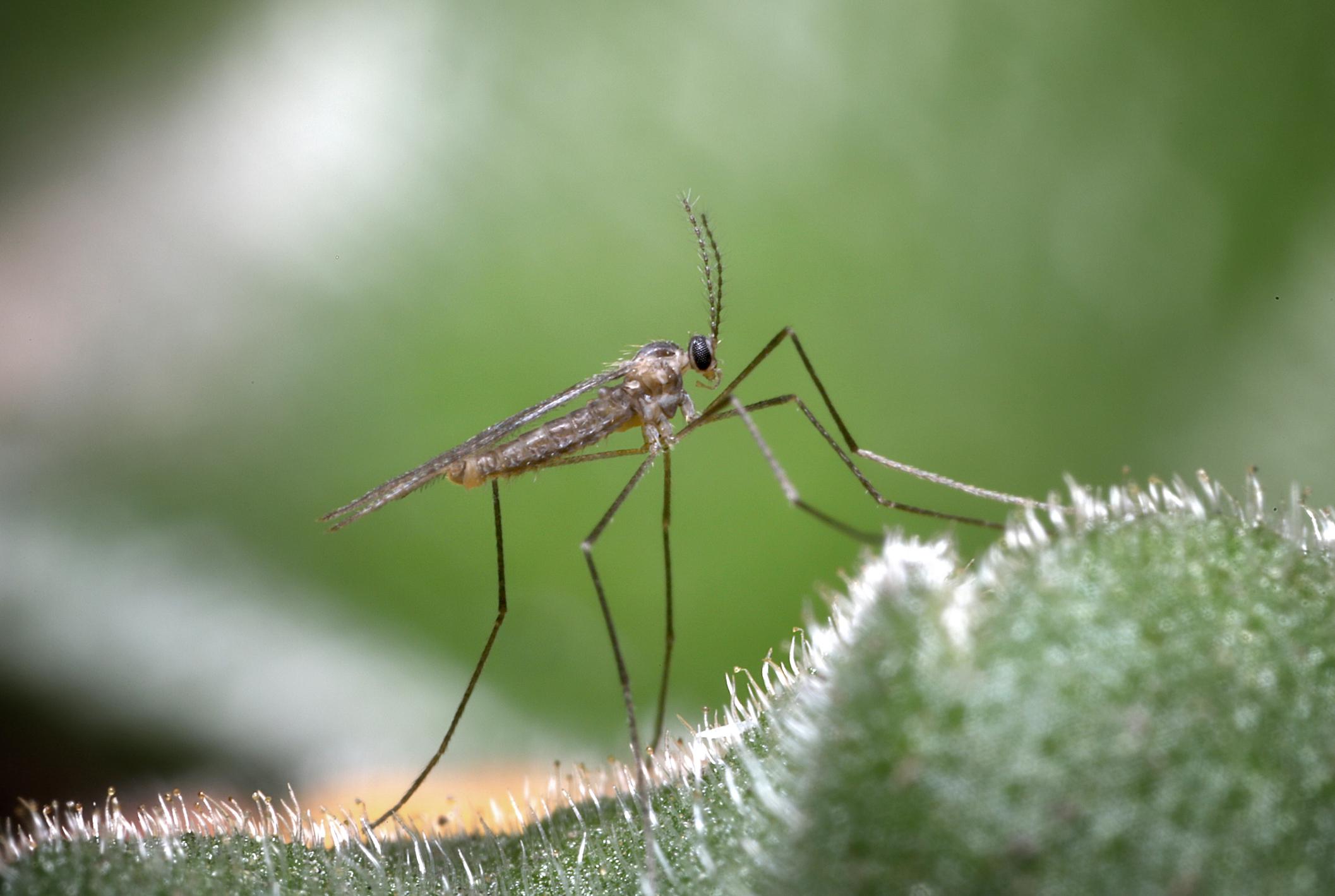Oy Vey! A New Vector of Dangerous Tick-Borne Diseases is Prevalent in Massachusetts
Posted by Mosquito Squad
April 15, 2016
Because the threats we face from the plethora of deer ticks and wood ticks in Central Massachusetts wasn’t enough, we are now facing a threat from the Lone Star tick. The fast moving, disease-carrying pests are migrating to northern states, including Massachusetts, due to the warmer weather. Not sure what a Lone Star tick is or why it is dangerous?We’ve got the rundown to help you keep you, your family and your pets safe from this precarious nuisance.
LONE STAR TICKS IN CENTRAL MASSACHUSETTS
Female Lone Star ticks are easy to identify with the lone white mark in the center of their back. They are slightly bigger than deer ticks, but about the same size as American dog ticks. They are fast moving ticks that have been spreading further north for years with the warming weather trends.
According to the University of Wisconsin entomology department, Lone Star ticks are aggressive feeders who are not picky about their host. At each of its 3 life stages, Lone Star ticks tend to feed on a different size host, larvae feeding on smaller hosts and adults feeding on humans and larger mammals. Sometimes nymph and larvae Lone Star ticks are present in large numbers and will “swarm” a human or large mammal. In the south, they call them “seed ticks” and you can pick up twenty to several hundred on your body at one time. (Use a lint roller to quickly remove them)
TICK-BORNE DISEASES OF THE LONE STAR TICK
Don’t believe the many false reports, Lone Star ticks do not spread Lyme Disease. But they are responsible for spreading Southern tick-associated rash illness (STARI) which can present with a similar rash as the common bulls-eye rash from Lyme Disease. Nymph & adult Lone Star ticks are vectors of Tularemia, Ehrlichiosis, Rocky Mountain spotted fever and STARI. As carriers of several diseases and being aggressive biters, these pests are a danger to you and your pets.
According to MSPCA, a single area veterinarian hospital experienced a 220% increase in tick-borne illnesses in dogs from fall/winter 2015 to the same period in 2016. If you’re like many callers we’ve been hearing from and are picking ticks off your dog almost daily, you may want to consider additional tick control methods in addition to your veterinarian’s recommended topical tick control medication.
We are committed to providing you the best most up-to-date information on the threat of tick-borne diseases in Central Mass. Stay tuned for the latest on ticks in the area. Be sure to follow the 6 C’s of tick control to make certain your yard is not inadvertently attracting ticks.















